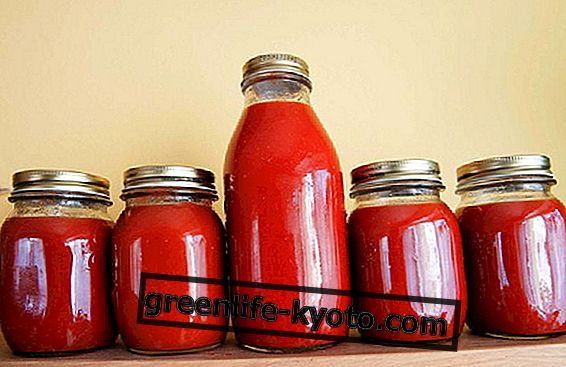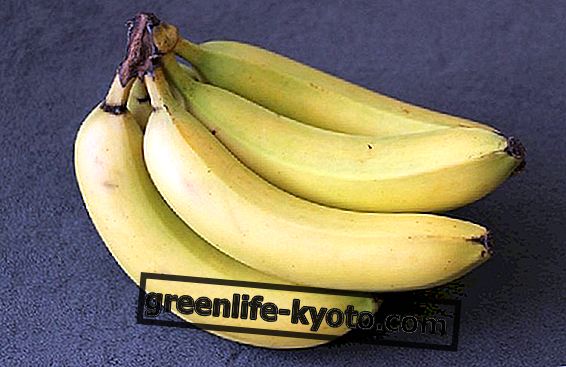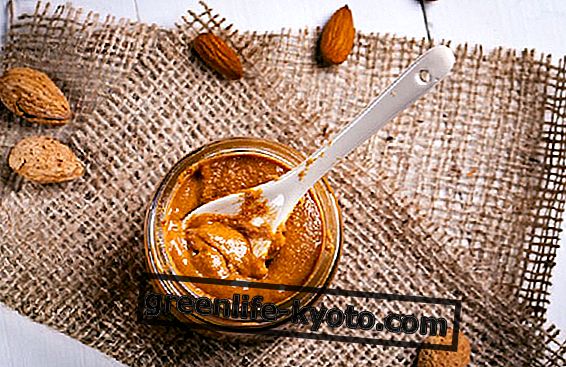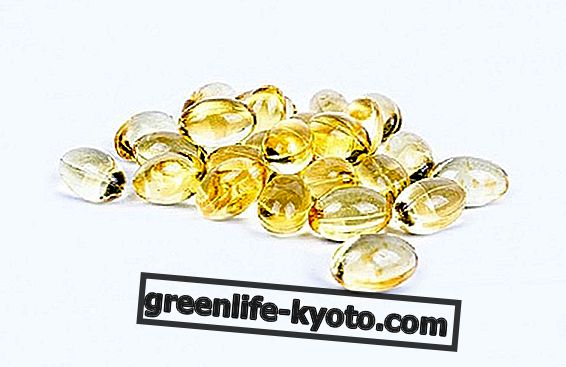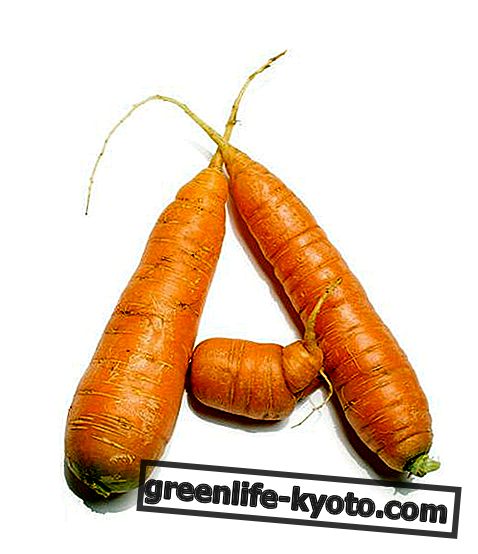
Coffee is considered decaffeinated when it contains less than 0.1% caffeine . In general, 8 mg of caffeine, unlike the 110 mg of a normal "tazzuriella", are also present in the decaffeinated.
Decaffeination processes
The first successful decaffeination attempt took place in 1905, when Ludwig Roselius devised the process of separating caffeine from grains.
There are four processes that are used to extract caffeine and differ according to the type of substance used:
- With ethyl acetate . Caffeine is extracted by washing the raw coffee with ethyl acetate;
- With methylene chloride . Caffeine is extracted by washing the coffee with dichloromethane, a chemical solvent that naturally evaporates at temperatures above 40 ° C;
- With carbon dioxide. The beans are washed with carbon dioxide which acts as a solvent for caffeine;
- With water . The beans are treated with an aqueous extract saturated with coffee-soluble substances, different from caffeine. In the "aqua" decaffeinated are among others diterpenes (reticulum, fiotto) and cafestolo, with high antitumor power.
It should be borne in mind that the extraction that takes place with organic solvents impoverishes the coffee more and makes it potentially toxic .
Find out what the alternatives to tea and coffee are
Absolute ban on coffee
Whether decaffeinated or not, it is good to avoid coffee during pregnancy because it is a stimulant capable of crossing the placental barrier, with the risk of disturbing the mother / fetus balance, largely linked to placental blood flows that should not be subjected to artificial alterations.
Since caffeine is able to cross the blood-brain barrier, it must also be avoided during lactation in order to avoid risks for the newborn. A group of Swedish researchers has found a cause-effect relationship between high caffeine consumption and the low weight of babies at birth. The World Health Organization advises pregnant women not to go beyond 300 mg of coffee a day, which is roughly equivalent to two cups of mocha.
Caffeine and the human body
To get an idea of the amount of caffeine we eat, let's take practical examples. An espresso coffee in the bar (25 ml) contains 110 mg, like a cappuccino (125 ml). A homemade coffee (45 ml) has 95 mg. A generic energy drink (250 ml) contains 70 mg. Instant coffee (125 ml) 54 mg; a hot tea (200 ml) 36 mg; a cola drink (250 ml) 24 mg.
Caffeine is a metabolic and cardiac stimulant, diuretic, laxative and lipolytic. The threshold not to exceed is 400 mg a day, in order to avoid palpitations, insomnia, tremors, anxiety and stress manifestations. It is also true that sensitivity to caffeine is a factor that can vary greatly from person to person, also depending on weight and age.

